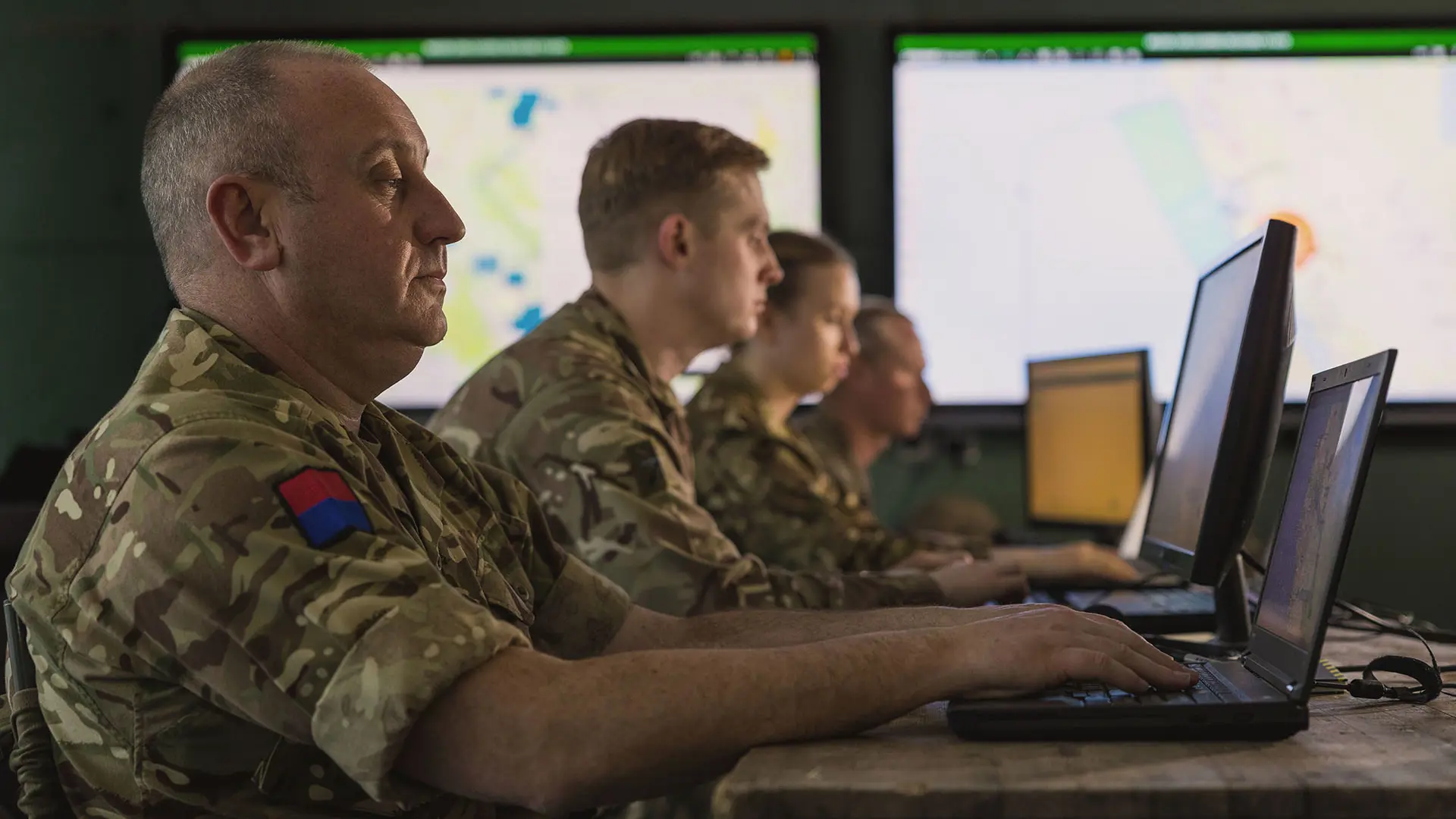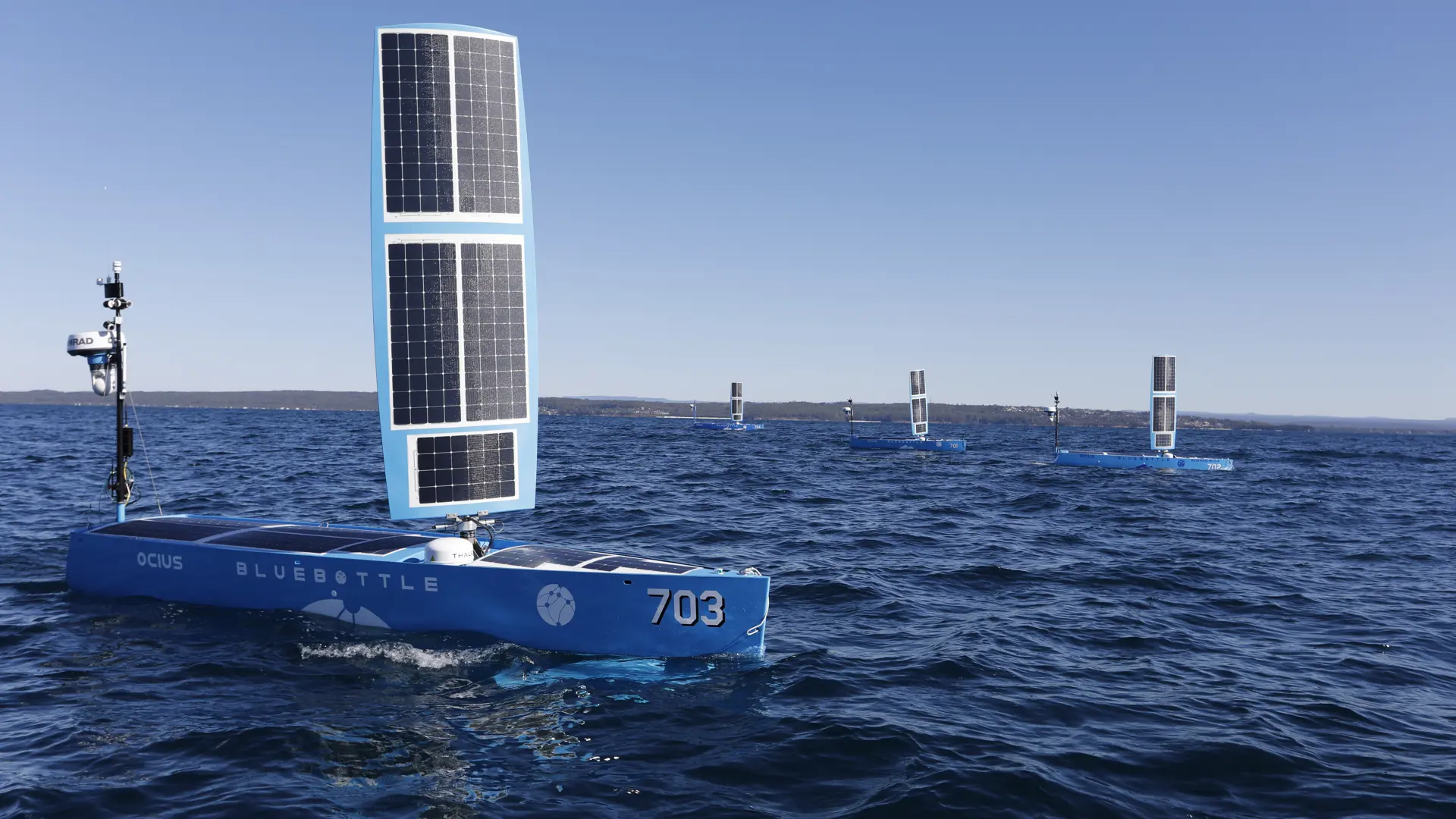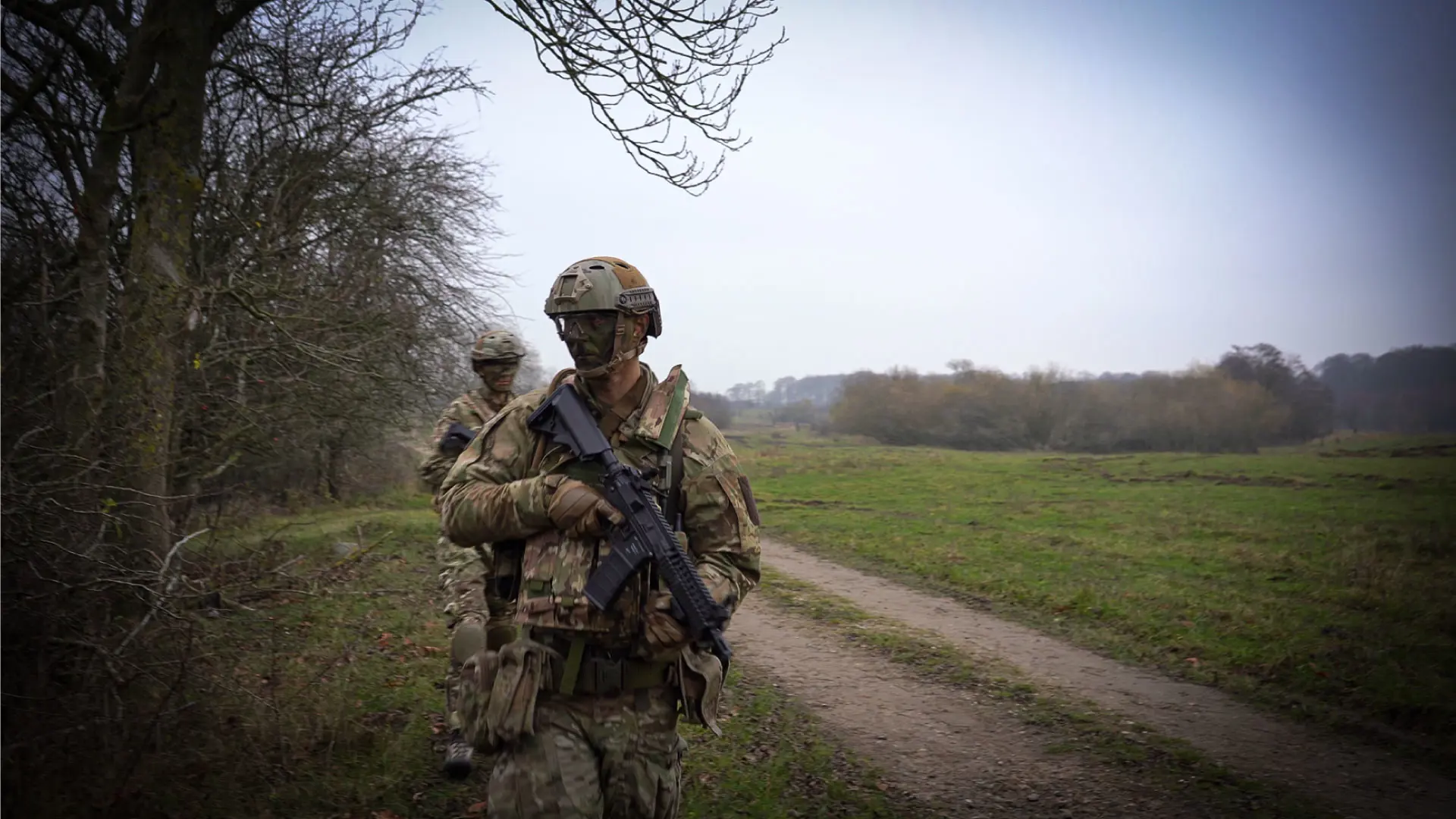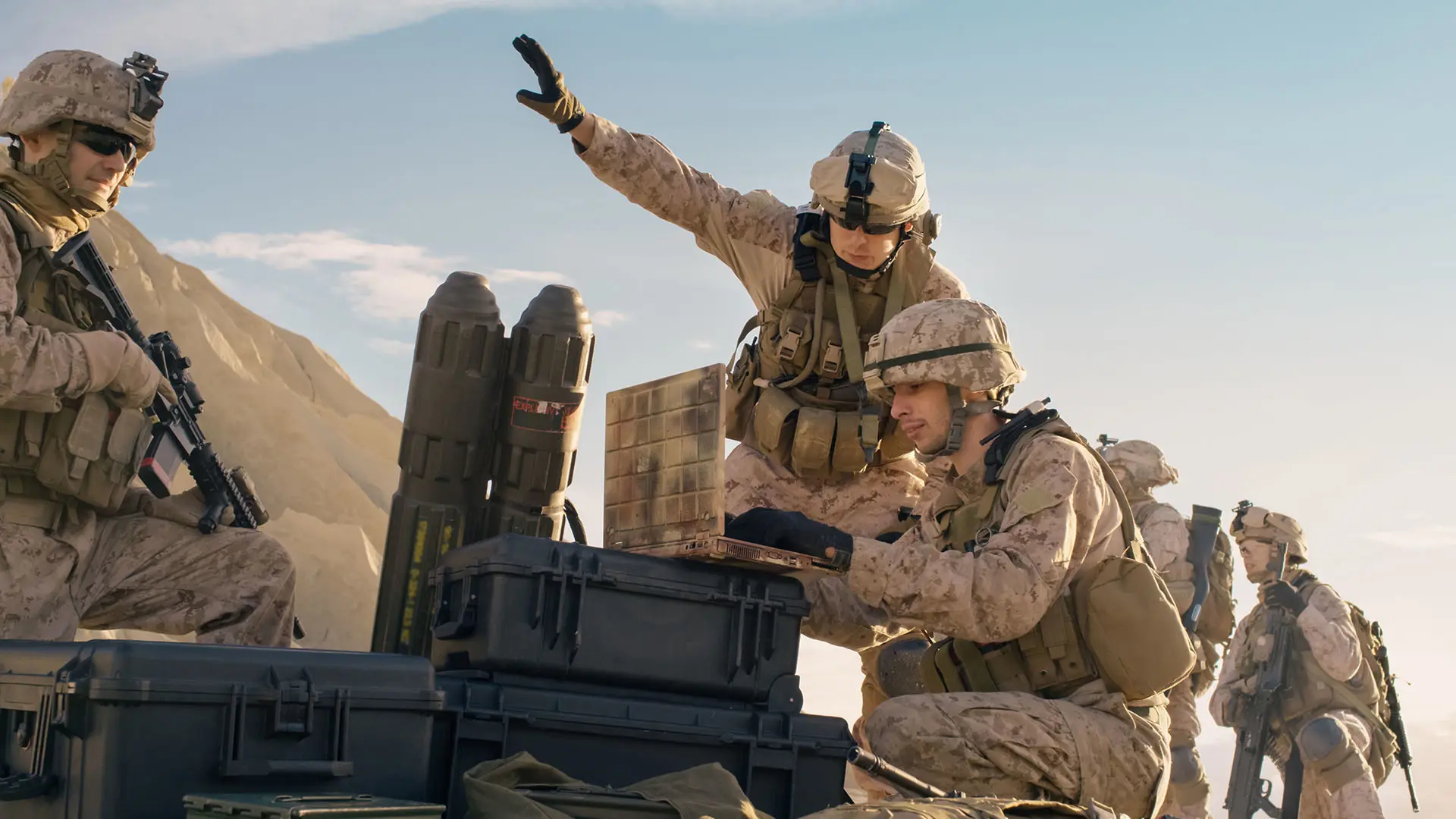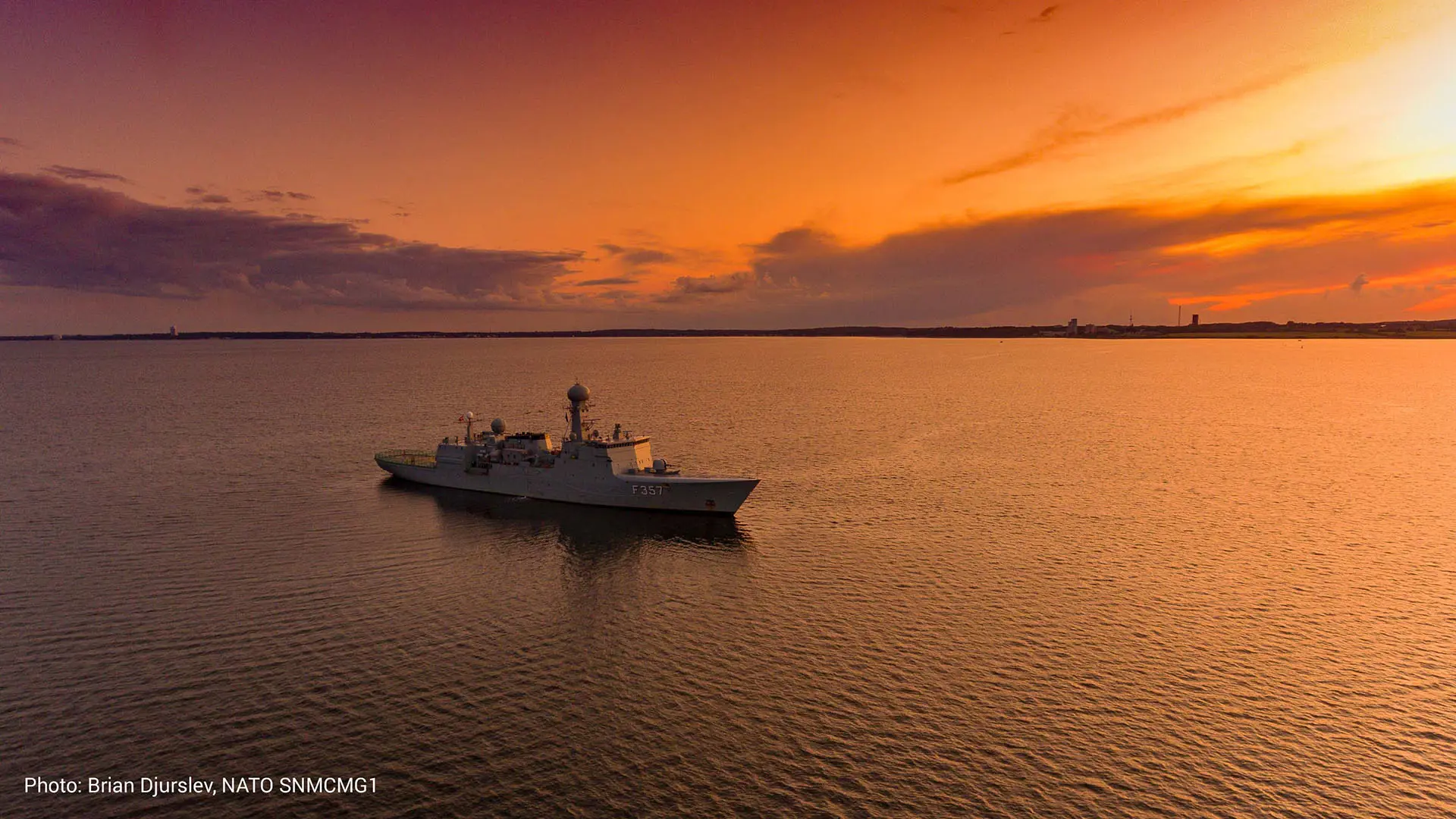Want to see red? Part 2
In part two of our blog on red picture development in SitaWare, we look at some of the ways that a red picture can be further developed and shared around the battlespace.
SitaWare has combat-proven capabilities in blue force tracking capabilities, helping militaries around the world plan, co-ordinate, and execute military operations – allowing for superior situational awareness of friendly forces, and what they intend to do. However, knowing where the enemy is on the battlefield, and what kind of unit they are, is just as important to commanders at all levels. The SitaWare suite can deliver this data organically as part of its existing functionality, creating a holistic battlespace view for a military commander.
Distribution and scaling
While awareness may be a saviour, over-awareness can be damaging. From a leadership perspective, it can stimy decision-making, as commanders weigh up a wider picture of their opposition and calculate risks accordingly. Practically, it also means that more data is distributed over a communications network. For operations in environments facing disrupted, denied, intermittent, and limited (DDIL) communications, prioritising and sending a red picture means ensuring that the most relevant data for a commander is transmitted over a network to avoid congestion.
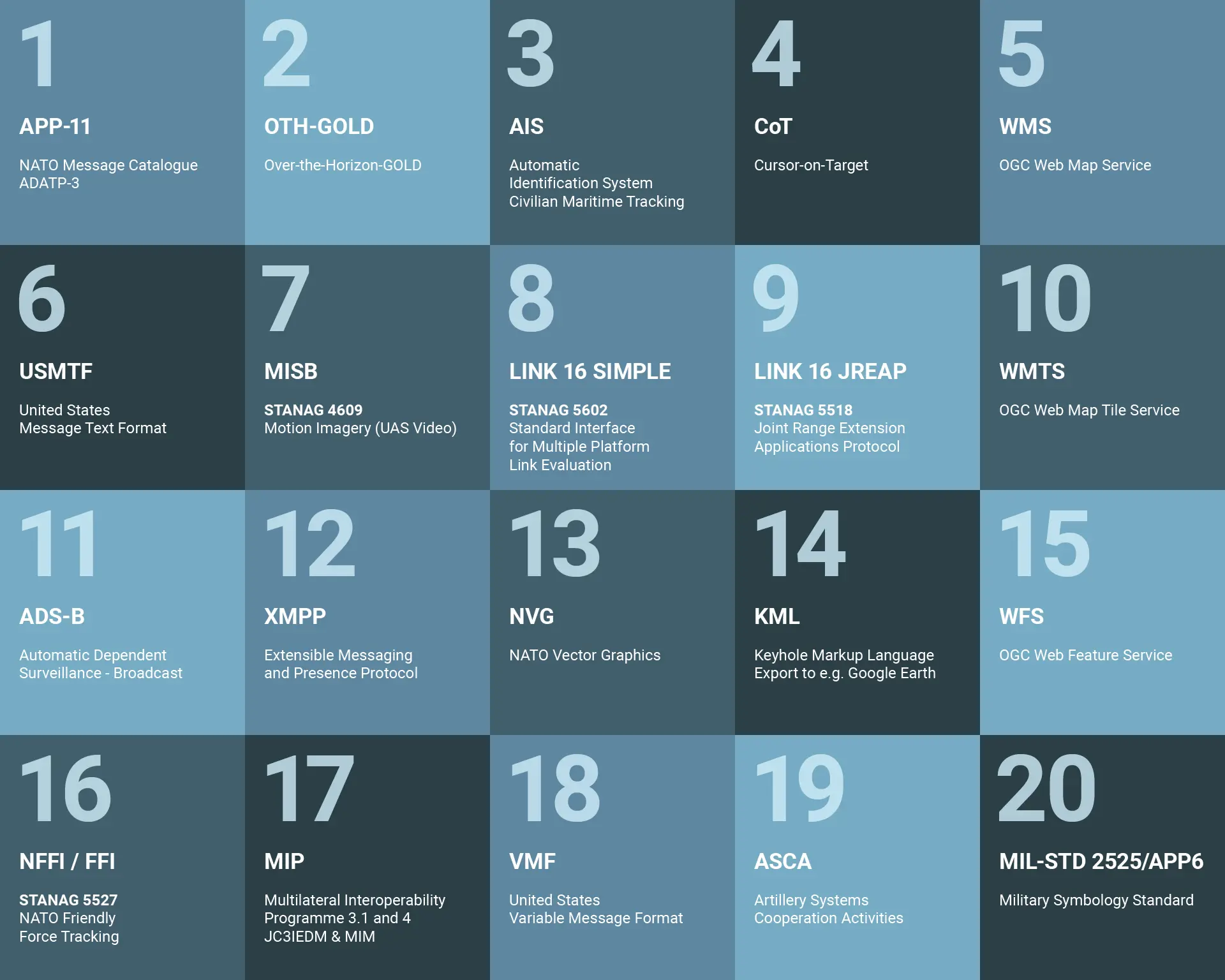
The SitaWare suite's support of a variety of interoperability standards – ranging from Link 16 through to MIP – as well as display standards such as NATO MIL-STD2525, means that distribution across friendly and coalition networks is simplified and visualisation and reporting standards maintained.
As the red picture can become more complicated, scaling the delivery of the data throughout the battlespace to SitaWare users can become a more complex task. The SitaWare Tactical Communication protocols allow for the optimised delivery of mission critical battlefield data to users around a network, prioritising the most important information for when a node reconnects after being offline.
Using smart filtering at higher echelons also means that only relevant tactical data of a red picture is delivered to a callsign, relieving bandwidth and improving security for end-user devices.
As a result, commanders can have improved situational awareness of the battlespace around them and plan their responses accordingly.
Being compliant with NATO’s Federated Mission Network (FMN) spirals, the SitaWare suite is able to deliver intelligence and operational pictures around the battlespace while benefitting from the support that the FMN community delivers.
Lessons learned from operations in Afghanistan highlighted the need for improvements in the digital sharing of intelligence data and products around a broad coalition environment. While the Afghan Mission Network was recognised for its ability to increase situational awareness of the common intelligence picture, differing classification standards and levels of digitalisation by coalition partners meant that full data sharing of relevant data was complex. The creation of the FMN interoperability standards have helped with the sharing of intelligence data, including the formation and dissemination of red pictures across networks with different levels of security clearance.
Filling the data lake
The ongoing creation and dissemination of red pictures throughout the battlespace also helps with additions to the data lake that can be used by SitaWare Insight to fulfil intelligence requests by commanders to G2/N2/A2/J2 staff.
As more intelligence is added to the red picture and the data lake, it can be further aggregated, fused, and correlated for an enhanced CIP via a data lake. This can include the formulation of an enemy ORBAT, strength reporting, and operational forecasting based on other intelligence inputs such as logistical buildups and movements.
The data lake can help to deliver a detailed, comprehensive CIP that can be used to view change over time. Linking correlation and fusion of tracks means that directions of travel can be understood, and anomalous behaviour identified. Alerts can be set up for , helping to identify when incidents occur, boundaries are breached, or objects of interest appear in unusual locations.
The SitaWare suite’s ability to deliver this tracking capability across the battlespace means that users have unparalleled picture generation; tracking, aggregation, correlation and fusion, and simple distribution processes.



